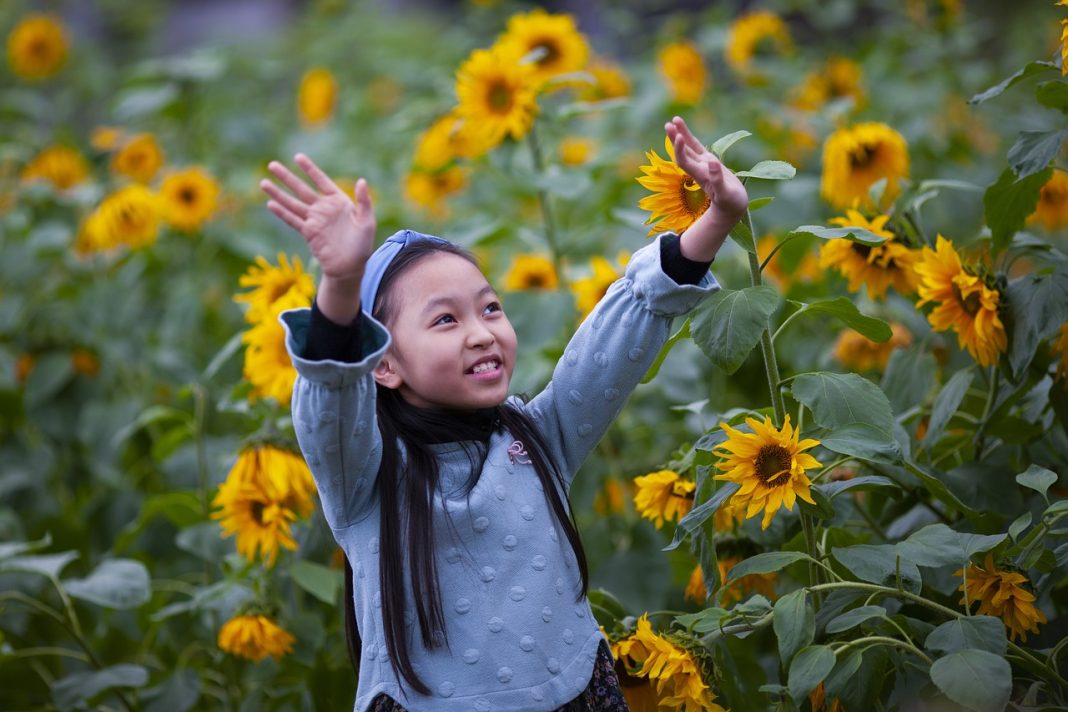In recent years, the transformative power of gratitude has garnered significant attention in psychology, neuroscience, and wellness circles. Often overlooked as a simple polite gesture, gratitude, when practised intentionally, can significantly enhance our well-being and interpersonal relationships. This article explores the depth of gratitude, its different levels, and practical ways to incorporate it into our daily lives.
Understanding Gratitude
At its core, gratitude is the acknowledgement and appreciation of the good in our lives. It’s the recognition of the positives, whether they are tangible benefits, personal experiences, or people who make our lives better. However, gratitude is not monolithic; it can be categorized into different levels, depending on the depth and breadth of our appreciation.
Levels of Gratitude
- Surface-level: This is the most basic form of gratitude, often expressed as a polite response to kindness or a favor received. It includes saying “thank you” when someone holds the door open for you or compliments you.
- Mindful: This level involves consciously recognizing and appreciating the good things in our lives, no matter how small or seemingly insignificant. It could be the appreciation of a good meal, a sunny day, or a warm smile from a stranger.
- Empathic: This level of gratitude occurs when we put ourselves in others’ shoes and appreciate the efforts they put in for our benefit. It involves acknowledging the sacrifice or effort someone else made to positively impact our lives.
- Existential: This is the deepest level of gratitude, where we express appreciation for our existence, life experiences, and the natural world. It’s a profound recognition and thankfulness for life itself.
Practicing Gratitude
Here are some practical ways to cultivate and deepen your sense of gratitude:
- Keep a Gratitude Journal: Dedicate a few minutes each day to write down the things you are grateful for. It trains your mind to focus on the positive aspects of your life and can elevate your overall sense of well-being.
- Express Gratitude to Others: Don’t just feel gratitude; express it. Whether it’s a thank-you note, a heartfelt message, or a sincere compliment, let others know that you appreciate them.
- Practice Mindfulness: Mindfulness involves being fully present in the moment. It allows you to appreciate the beauty in everyday moments and recognize the things you often take for granted.
- Meditation: This practice involves focusing your mind on the things you are grateful for. It combines the benefits of mindfulness and gratitude, leading to enhanced mental well-being.
- Gratitude Jar: Keep a jar where you can drop notes about things you are grateful for. Over time, you’ll have many positive experiences to reflect on, especially during challenging times.
- Volunteer and Give Back: Serving others or giving back to your community can deepen your appreciation by highlighting your blessings and the positive impact you can make.
In conclusion, practicing gratitude is more than just saying ‘thank you’. It’s a way of life that can enhance our happiness, improve our relationships, and give us a deeper appreciation for life. So, start today, embrace the different levels of this wonderful practice and watch your life transform in ways you never imagined.







